Quick & Fluffy Crockpot Bread Recipe Anyone Can Master
Baking delectable crockpot bread at home sounds intimidating but couldn’t be easier.
Soft, pillowy loaves emerge with minimal effort and maximum flavor.
Forget complicated techniques that discourage amateur bakers from experimenting.
Kitchen magic happens when simple ingredients combine with low-stress cooking methods.
Crusty exterior and tender interior await you without traditional oven stress.
No kneading or complicated steps prevent success with this foolproof approach.
Warm, aromatic slices will make you the neighborhood’s most impressive home baker.
Grab a mixing bowl and start your delicious bread adventure now.
Crockpot Bread People Love For Its Simplicity And Warmth
Effortless Bread Making: Skip the complicated oven techniques and create delicious bread right in your crockpot with minimal kitchen skills required.
Time-Saving Wonder: Prepare the dough quickly in under 15 minutes, then let the slow cooker handle the baking while you tackle other tasks or relax.
Hands-Off Cooking: Eliminate constant monitoring and temperature control stress – simply mix ingredients, place in crockpot, and walk away until bread is perfectly cooked.
Budget-Friendly Kitchen Hack: Use basic pantry ingredients and save energy costs compared to traditional oven baking, making this recipe economical and accessible for home cooks.
Crockpot Bread Ingredient List
Bread Ingredients:
Dry Ingredients:Wet Ingredients:Preparation Accessories:Bread Instructions for Crockpot Baking Ease
Step 1: Blend Dry Mixture
Grab a spacious mixing bowl and toss in flour, active dry yeast, and salt.
Whisk these ingredients together thoroughly, ensuring an even distribution of yeast and salt throughout the mixture.
Step 2: Create Dough Base
Pour warm water and olive oil into the dry ingredients.
Stir gently until the mixture transforms into a shaggy dough.
Use your hands to knead and shape the dough into a cohesive ball.
If the dough feels too dry, splash in a bit more water to achieve the right consistency.
Step 3: Develop Dough Texture
Transfer the dough to a lightly dusted surface.
Knead vigorously for about 5 minutes until the dough becomes smooth and elastic.
When the dough starts sticking, sprinkle a tiny bit of flour, but be cautious not to make it too dry.
Step 4: Allow Dough Expansion
Place the dough in a clean bowl.
Cover with a soft kitchen towel and let it rest in a cozy, warm spot for approximately 1 hour.
Watch for the dough to double in size, signaling it’s ready for the next stage.
Step 5: Prepare Dough Shape
Punch down the dough to release trapped air bubbles.
Mold the dough into a loaf that will snugly fit inside your crockpot without overflowing.
Step 6: Prepare Crockpot Surface
Lightly coat the inside of the crockpot with olive oil or cooking spray.
This prevents the bread from sticking and helps create a beautiful crust.
Step 7: Slow Cook Bread
Set your crockpot to high heat.
Cook the bread for 2-3 hours.
The bread is perfectly done when the top turns golden brown and makes a hollow sound when gently tapped.
If the top browns too quickly, tent it with aluminum foil.
Step 8: Final Touches
Carefully lift the bread from the crockpot and place it on a wire cooling rack.
Let it rest for about 10 minutes to settle.
Slice and enjoy with butter, jam, or your favorite accompaniments.
Crockpot Bread Baking Tips Worth Remembering
Store Crockpot Bread Fresh
Serving Suggestions for Crockpot Bread
Crockpot Bread Custom Bake Styles
FAQs
Yes, you can experiment with whole wheat, bread flour, or a mix of flours. Just be aware that changing the flour might slightly alter the texture and rise of the bread.
Kneading helps develop gluten, which gives bread its structure and texture. While you can skip thorough kneading, spending 5 minutes working the dough will result in a better final product with improved texture.
The dough should roughly double in size and look puffy. When you gently press the dough with your finger, it should slowly spring back but leave a slight indentation.
While this specific recipe is designed for a crockpot, you can adapt it for oven baking by preheating to 375°F and baking for about 30-35 minutes until golden brown.
Print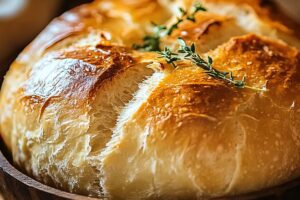
Crockpot Bread Recipe
- Total Time: 3 hours 20 minutes
- Yield: 8 1x
Description
Warm, pillowy crockpot bread emerges as a simple kitchen miracle, effortlessly filling homes with comforting aromas. Rustic and foolproof, this recipe invites you to savor homemade goodness without complex techniques or hours of labor.
Ingredients
Main Dry Ingredients:
- 3 cups all-purpose flour
- 1 packet (2 1/4 teaspoons) active dry yeast
- 1 teaspoon salt
Liquid and Fat Ingredients:
- 1 1/2 cups warm water (110°F / 43°C)
- 2 tablespoons olive oil
Optional Toppings:
- herbs (rosemary, thyme)
- seeds (sunflower, sesame)
- cheese (shredded cheddar, parmesan)
Instructions
- Assemble the foundational components by whisking flour, yeast, and salt together in a spacious mixing vessel, ensuring even distribution of dry elements.
- Introduce warm liquid and olive oil gradually into the dry mixture, gently folding until a cohesive mass emerges. Utilize hands to transform the ingredients into a unified dough, incorporating additional moisture if the texture appears too dense.
- Transfer the nascent dough onto a lightly dusted surface, working it with rhythmic kneading motions for approximately five minutes. The goal is achieving a silky, pliable consistency that springs back when touched.
- Nestle the dough into a pristine container, drape with a soft cloth, and allow it to relax and expand in a cozy environment for roughly one hour until its volume doubles.
- Deflate the risen dough with a decisive press, redistributing internal gases, then mold it into a compact form matching the crockpot’s interior dimensions.
- Anoint the crockpot’s interior with a delicate olive oil coating or cooking spray, then gently position the shaped dough inside without overcrowding.
- Activate the slow cooker at high temperature, permitting the bread to transform over two to three hours. Monitor for a golden exterior and listen for a hollow percussion when tapped. If browning occurs too rapidly, shield with aluminum foil.
- Extract the bread with care, transferring to a wire rack for brief cooling. Slice and present alongside complementary accompaniments like butter or artisanal cheese.
Notes
- Use a high-quality, fresh yeast to ensure proper rising and optimal bread texture.
- Warm water activates the yeast effectively, but avoid using hot water which can kill the yeast.
- Knead the dough thoroughly to develop gluten and create a light, airy bread structure.
- Monitor the cooking time closely to prevent over-browning or drying out the bread.
- For a gluten-free version, substitute wheat flour with a gluten-free blend and add xanthan gum for better binding.
- Experiment with herbs or cheese mixed into the dough for additional flavor variations.
- Line the crockpot with parchment paper for easier bread removal and cleanup.
- Check bread doneness by inserting a toothpick – it should come out clean when fully cooked.
- Prep Time: 20 minutes
- Cook Time: 3 hours
- Category: Breakfast, Snacks
- Method: Slow Cooking
- Cuisine: American
Nutrition
- Serving Size: 8
- Calories: 150
- Sugar: 0.5 g
- Sodium: 190 mg
- Fat: 3.5 g
- Saturated Fat: 0.5 g
- Unsaturated Fat: 2.5 g
- Trans Fat: 0 g
- Carbohydrates: 28 g
- Fiber: 1 g
- Protein: 4 g
- Cholesterol: 0 mg

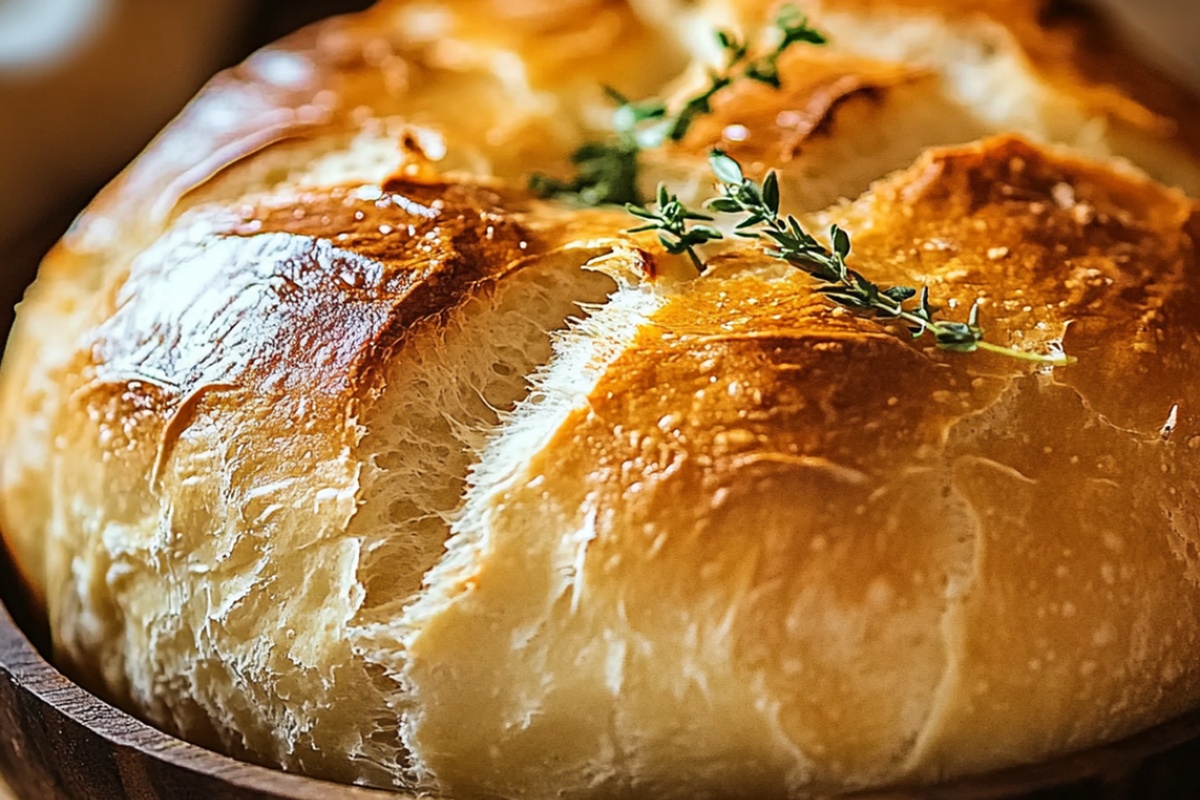
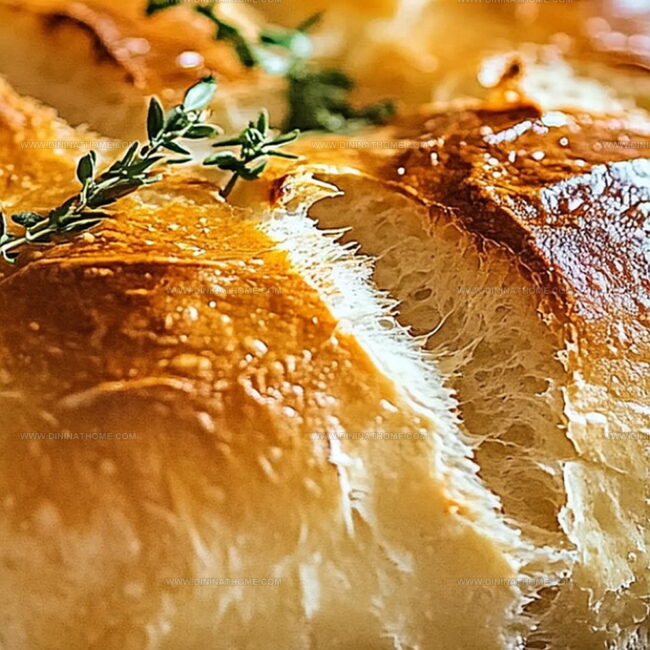
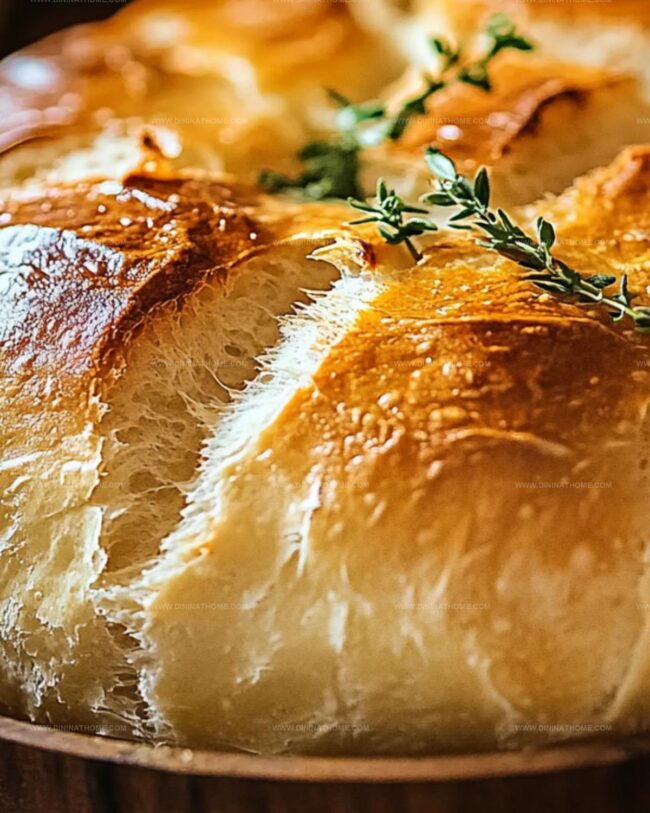
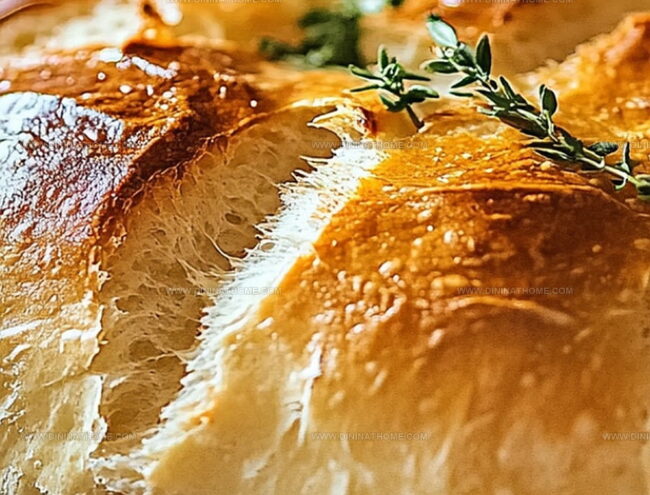
James Walker
Lead Recipe Developer & Culinary Educator
Expertise
Southern Cuisine & Farm-to-Table Cooking, Recipe Development & Testing, Culinary Education & Instruction
Education
School: Auguste Escoffier School of Culinary Arts
Program: Diploma in Culinary Arts and Operations
Focus: Comprehensive training in classical and modern culinary techniques, kitchen operations, and farm-to-table practices.
James didn’t learn cooking from a TV show, he learned it from busy kitchens, family gatherings, and long afternoons spent testing recipes the hard way.
After training at the Auguste Escoffier School of Culinary Arts, he brought his love for real, down-to-earth food to every dish he makes.
At Dining At Home, James loves building recipes that feel familiar but still have something special, like adding a twist to a classic or making a slow Sunday dinner feel brand new.
When he’s not in the kitchen, you’ll probably find him swapping garden tips at the farmers’ market or teaching his daughter how to flip pancakes without a mess (almost).